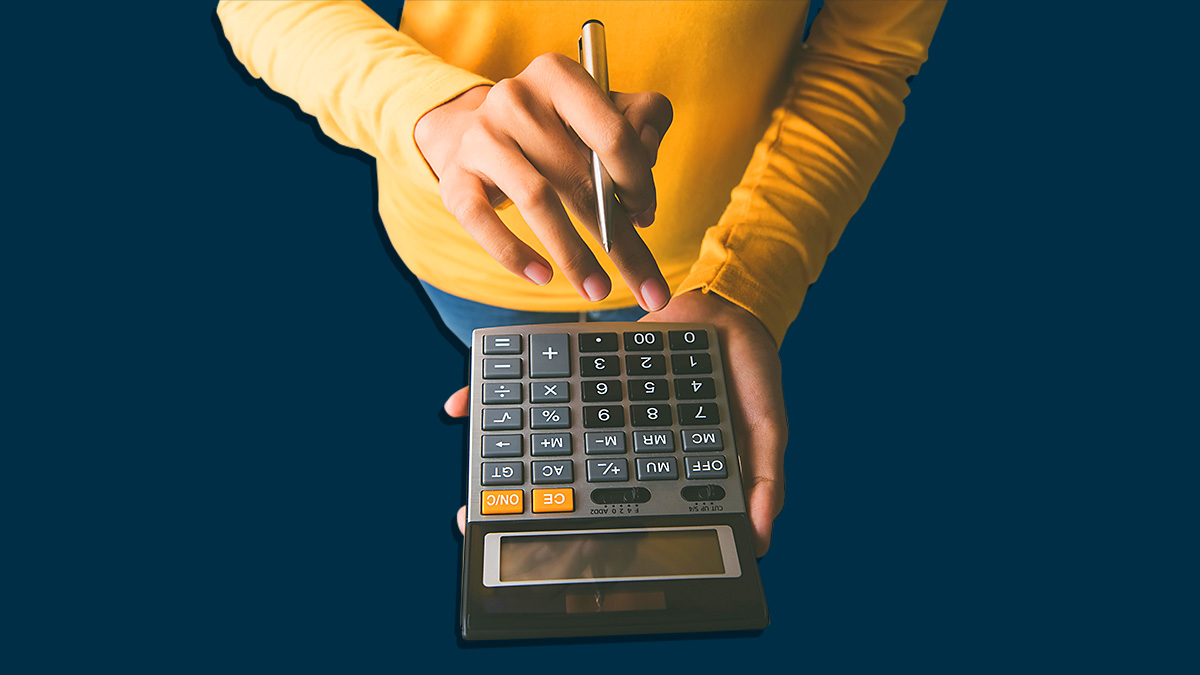Get our independent lab tests, expert reviews and honest advice.
What are account-based pensions?

Need to know
- Turning your super into an account-based pension can give you a regular income in retirement while maintaining flexibility
- Finding an account-based pension with low fees will allow you to enjoy more income once you're finished working
- Account-based pensions can also save you on tax
Once you’ve retired, you can turn your super (or some of it) into an account-based pension. This option gives you a regular income.
Regular payments may help you plan your finances better. They also might help you pay less tax than if you took out your super as a lump sum or left it as is.
In this article, we’ll outline some key features of account-based pensions.What are account-based pensions?
An account-based pension is a regular income stream bought with some (or all) of your super. You can get an account-based pension from a super fund. This fund may be the same one that looked after your super while you were working, or you can change funds.
Account-based pensions are generally quite flexible. You can usually choose how often you get a payment (e.g. monthly, quarterly, annually).
You can also nominate how much you’ll get for each payment as long as you meet the minimum drawdown requirements – more on this later.
If unexpected expenses come up, or you’d like to make a major purchase like a car or a holiday, you can take more out.
You can also opt to stop receiving the payments any time and get your remaining super as a lump sum.
When can you access your super?
You can get your super once you’re in the retirement phase but this isn’t as simple as just ending work. This decision tree will help you work out if you’re eligible to start accessing your super.
Are you 55 or under?
Yes: you can only access your super in limited circumstances, e.g. financial hardship.
No: Go on to the next step
Are you 60 or over and have stopped working?
Yes: You can get your super if you’ve stopped work even if you start working again.
No: Go on to the next step
Are you 65 or over?
Yes: You can get your super
How are account-based pensions taxed?
Earnings
During your working life (the ‘accumulation phase’ of your super), you pay 15% on the investment earnings of your super.
If you leave any or all of your super in the accumulation phase when you’re retired, you’ll continue paying this tax rate on the earnings of your balance.
In an account-based pension (during the ‘retirement phase’), however, you don’t pay any tax on investment earnings.
Payments
Once you’re 60, you also don’t pay any tax on the payments you get from your account-based pension. Between the ages of 55–59, it’s more complicated – you’ll pay tax on some of your pension payments, though you’ll get a 15% discount on your usual marginal tax rate.
How much super can I move into an account-based pension?
A rule called the transfer balance cap limits how much you can move into a tax-free account-based pension. On 1 July 2023, the cap will go up, meaning your cap will be somewhere between $1.6 million and $1.9 million – you can view your personal cap in MyGov.
If you have more money in super than your relevant cap, you need to keep it in the ‘accumulation phase’ of your super, the same as when you were working. Super investment earnings are currently taxed at 15%.
Minimum drawdown
Because super was designed to provide you with income to spend in retirement and is subject to tax concessions, there are minimum drawdowns to ensure people spend at least some of their super. This means there is a minimum amount of money you have to take out of your super every year, once you start accessing it in retirement.
Your minimum drawdown rate depends on your age. You can find more information on the Australian Taxation Office website about your drawdown rate.
The government temporarily reduced drawdown rates due to COVID-19 but they’re due to return to previous levels at the end of the 2022/23 financial year.
How long can I get payments from my account-based pension?
The period of time you get payments will depend on how much super you have, the frequency of payments and how much your remaining super earns while it’s invested during your retirement.
Your fund should be able to give you a projection of how long your account-based pension will last. ASIC’s free Moneysmart resource also has a calculator to help you answer this question.
Your fund should be able to give you a projection of how long your account-based pension will last
While there’s often talk about people ‘running out of money’ in retirement, remember that the Age Pension can continue to provide you with income alongside or instead of your account-based pension. For most retired Australians, the Age Pension is their primary source of income.
If you’re after a retirement product that will keep providing you with income until you die, you may be interested in a life annuity or similar product. We’ll discuss these products in an upcoming article.
What happens to any super left over when I die?
You can nominate where the money in your account-based pension goes when you die.
If you nominate a spouse or dependant to get the money, they can either receive the remaining money as ongoing payments or as a lump sum. If you nominate a non-dependant person (e.g. sibling, friend), they will get the money as a lump sum.
You can also instruct your super fund that you want your account-based pension to have a ‘reversionary beneficiary’. This option means a person you nominate will get your pension payments until the account runs out.
If you nominate a child, they’ll get regular payments until they’re 25 and then receive the remaining money as a lump sum
Making a valid death benefit nomination can be complex and technical. You can only leave your super to specific people such as spouses and children. There are also different tax implications depending on who you leave your money to.
See our explainer on death benefit nominations and talk to your fund for more information on nominating who will receive any remaining money in your account-based pension after you die.
How do I find a good account-based pension?
There’s a lack of guidance to help Australians find retirement products that meet their needs or compare different products.
Super Consumers Australia has called for the government to introduce a quality filter for retirement products like account-based pensions to ensure that only safe, tested products remain on the market. This filter could be broadly based on the existing quality filter for super products in the accumulation phase.
In the meantime, you should look for an account-based pension with competitive fees and strong long-term returns.
Most retirees pay more fees during retirement than they do while working and building up their super
Seemingly minor differences in fees can add up. For example, the Productivity Commission found that an increase of 0.5% in super fees can cost a typical full-time worker $100,000 by retirement. With this in mind, it’s well worth checking if your account-based pension fees are competitive.
In 2022, research firm Rainmaker calculated that most retirees pay more fees during retirement than they do while working and building up their super. Rainmaker also found the total average fees for retirees with less than $500,000 was 1.04%, and 0.98% for those with more than $500,000.
The Financial Information Service provides free over-the-phone guidance to help explain account-based pensions and help you make informed decisions. You can call them on 132 300.





